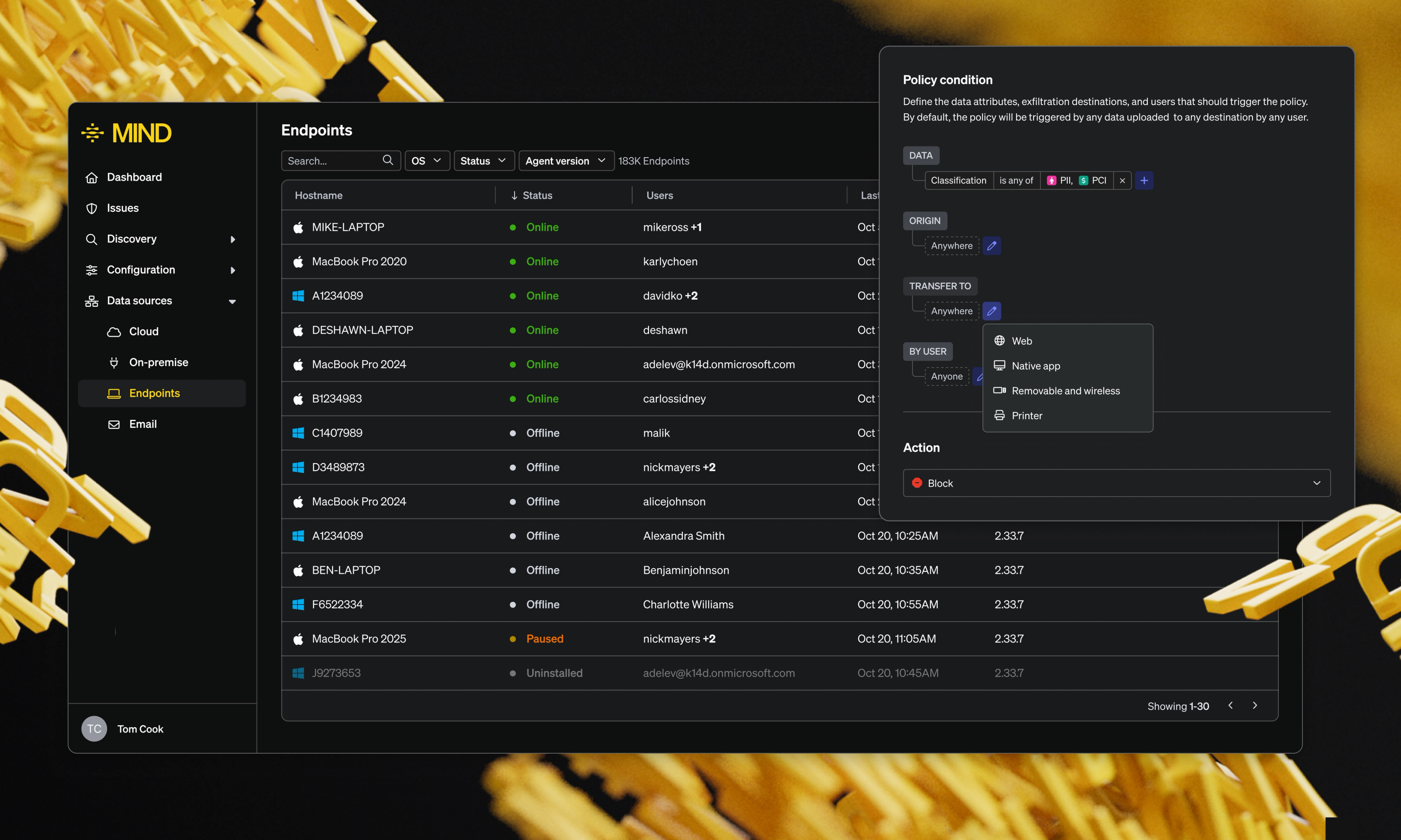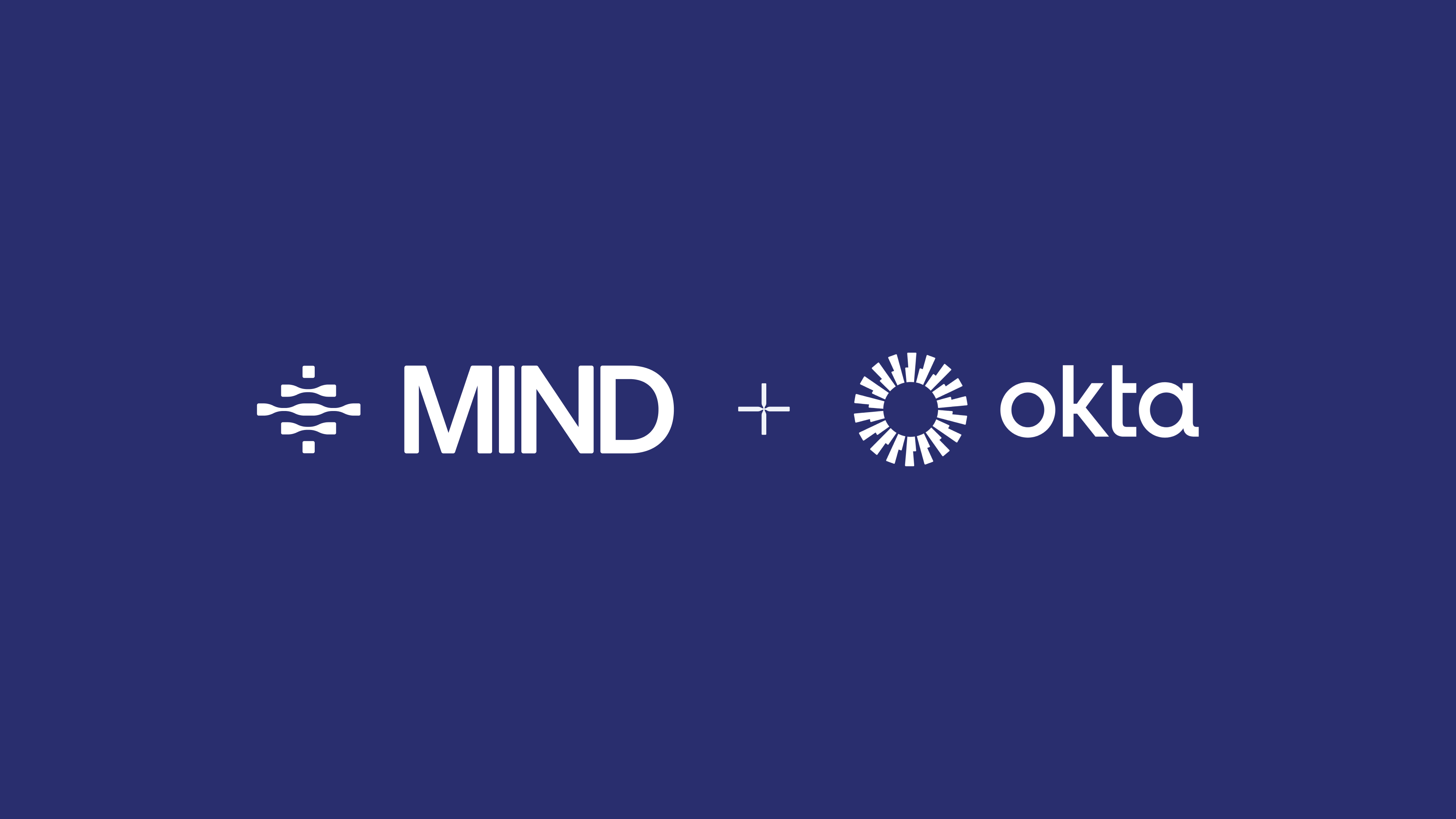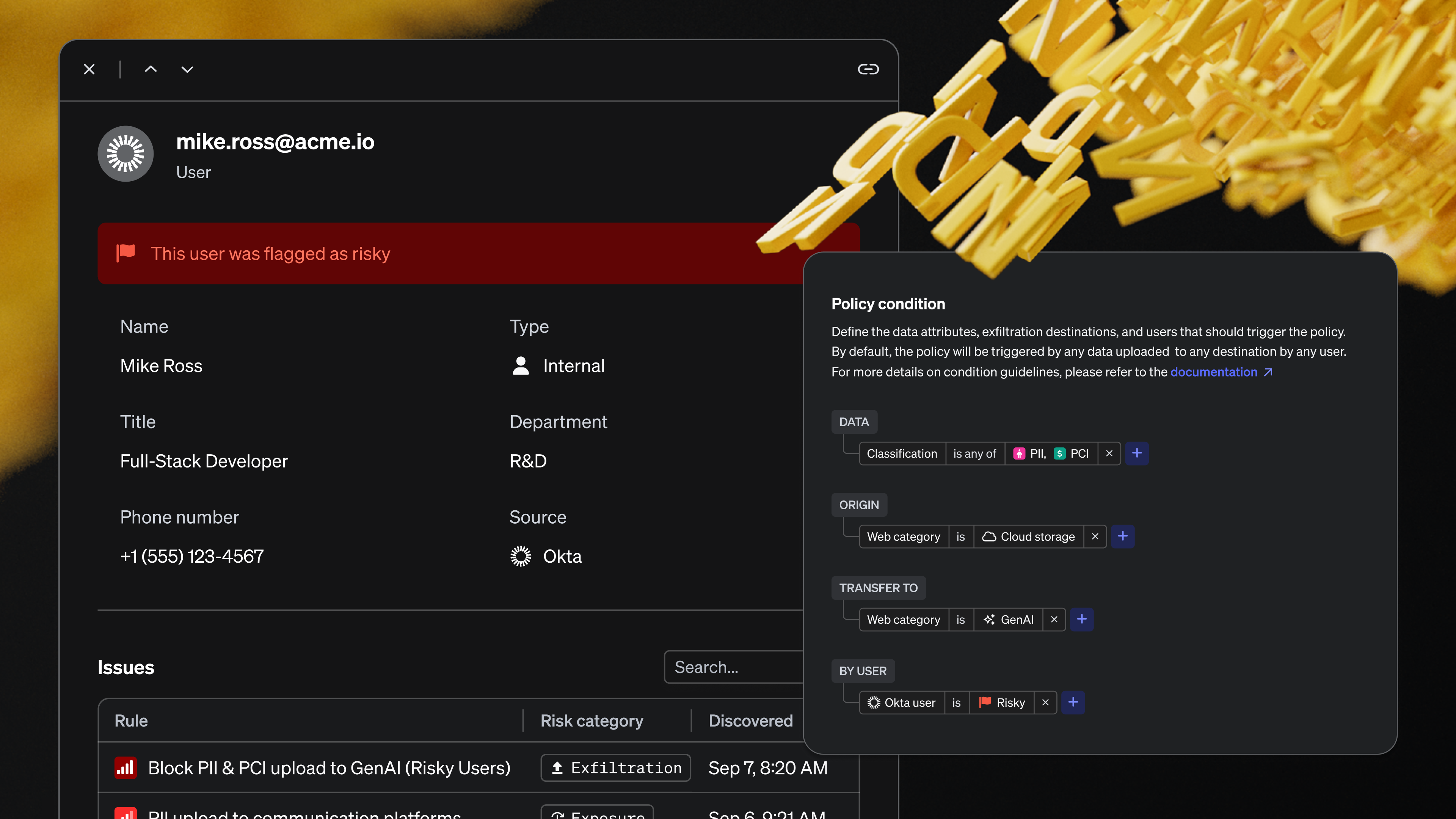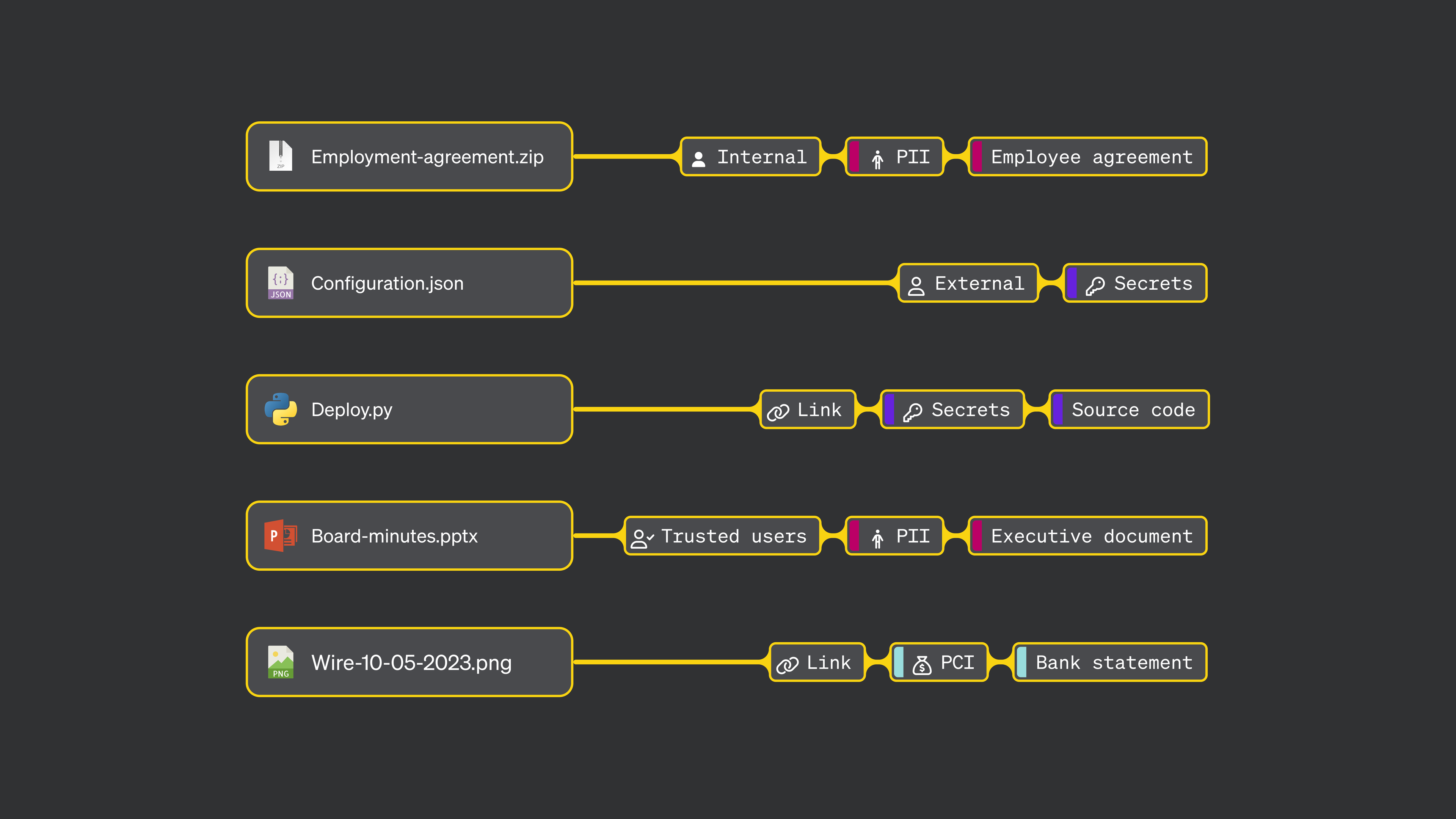Posture tools offer visibility, not protection. Security leaders don’t need more alerts, they need action.
Posture tools offer visibility, not protection. Security leaders don’t need more alerts, they need action.
CSPM, DSPM, ASPM, SSPM, ESPM — the alphabet soup of Security Posture Management (SPM) tools promises visibility into risk. They map misconfigurations, surface exposure paths and highlight policy gaps. That can be useful. But let’s not confuse awareness with action.
They don’t block threats.
They don’t enforce controls.
They don’t prevent breaches.
SPMs detect, then delegate. A ticket. A Slack alert. An integration call. Protection is someone else’s problem.
To compensate, many posture tools claim to orchestrate security. They integrate with enforcement tools like DLP, CWPP, EDR and WAF. But wiring systems together doesn’t make the system secure.
Coordination ≠ Protection
Visibility ≠ Control
Monitoring ≠ Security
So why is there an abundance of SPM vendors?
Because posture is easier.
- Easier to build. Cloud-only, read-only, event-driven. No need to support endpoints, on-prem, hybrid or inline enforcement. Just scan, analyze, alert.
- Easier to sell. No rip-and-replace. Posture tools bolt onto the existing stack, not replace it. That also means customers end up managing yet another vendor, another dashboard, another integration.
- Easier to adopt. No agents, low friction, fast time-to-value. Good enough to show progress, but not strong enough to stop attacks.
Yes, posture matters. But let’s not mistake issue tracking for actual security.
Security requires action — not just awareness.
False confidence, real consequences
There’s an illusion of progress that posture tools can create. Dashboards look active. Tickets are assigned. Metrics suggest movement. But beneath that layer of perceived control, many organizations remain dangerously exposed.
In fact, over 92% of data security alerts go un-remediated within 24 hours. Visibility alone isn’t moving the needle—security teams are still drowning in noise while real risks slip through. That's the difference between knowing something's wrong and doing something about it.
It’s why so many breaches still happen in environments that were “monitored.” The problem wasn’t a lack of alerts, it was the inability to respond in time.
And the results? Stolen IP. Leaked customer records. Compliance violations. Brand damage. Leadership churn.
The stakes aren’t theoretical. And yet too many teams are trapped in a cycle of detection without defense.
It’s time to rethink what protection means
The right approach isn’t a patchwork of posture tools and point integrations. It’s a unified system — deep within a specific domain — that doesn’t just highlight problems but solves them in real time.
Whether you’re focused on data, identities or assets, true security means:
- Continuous classification of what’s sensitive: Modern DLP starts by building a living inventory of sensitive data — constantly discovering and labeling information across SaaS apps, endpoints, on-premise file shares and emails. It ensures you always know what you're protecting, even as your data changes and moves.
- Real-time monitoring of how it’s accessed and shared: Visibility into who’s touching your data, when, and how allows security teams to identify risky behavior instantly — not after the fact. This creates accountability and supports both proactive defense and forensic insight.
- Contextual enforcement that prevents misuse: It’s not enough to just watch. Real-time protection at the endpoint means applying intelligent controls based on business context — blocking or coaching users when behavior looks risky, not just flagging it.
- Automated remediation that closes the loop: When policies are violated, MIND acts. From revoking access and deleting shared links to educating users in near real time, the loop is closed automatically — without requiring tickets, escalations or delays.
This isn’t a wishlist. This is what modern DLP — done right — can and should deliver.
Enter MIND: Posture & Prevention
That’s what MIND was built to do.
MIND combines the context-aware insights of DSPM (posture) with the automated enforcement of modern DLP (prevention).
We help security teams move beyond alert fatigue to actual control. Beyond passive monitoring to meaningful action. Beyond fractured tools to full-spectrum protection.
Our AI-powered classification engine understands your data in context—whether it’s source code, contracts, financial records, credentials, passwords, or PII. And it enforces your policies wherever data lives: SaaS and Gen AI apps, endpoints, on-premise file shares, emails and beyond.
We don’t just surface issues. We solve them.
We don’t just map risks. We mitigate them.
We don’t just warn you. We stop the leaks.

Security leaders are overburdened, not underinformed. With limited resources, increasing complexity and high expectations, they need solutions that deliver results, not just more dashboards.
Stop scanning. Start securing.










